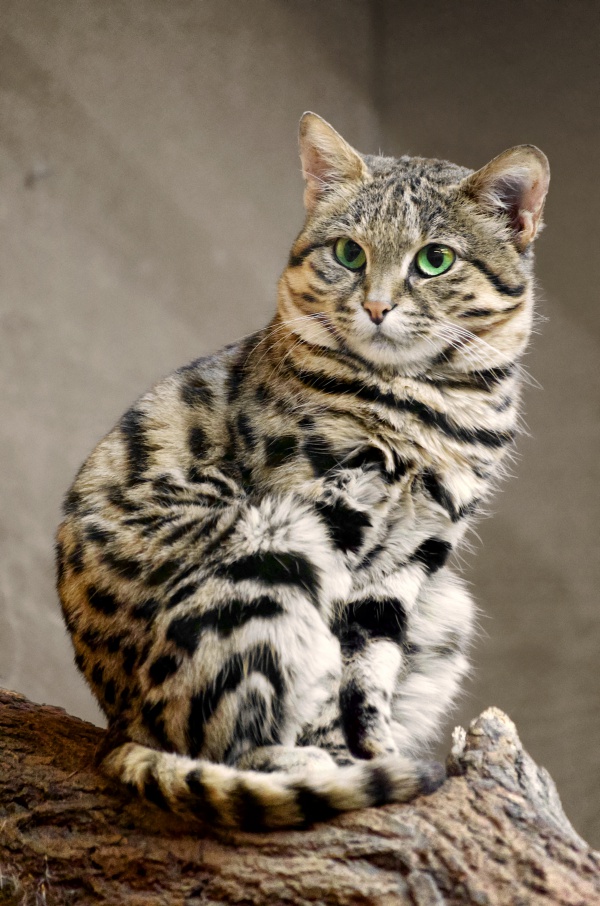Facts About African Black-footed Cat
The black-footed cat, also known as the small-spotted cat, is Africa's smallest wild feline, easily identified by its tawny fur adorned with small spots and stripes. First described in South Africa in 1824, this diminutive cat inhabits the arid steppes and grassland savannas of Southern Africa. Unfortunately, its restricted habitat and threats such as poaching and habitat loss have placed it on the IUCN Red List as a vulnerable species since 2002.
Researchers have explored the life of the black-footed cat, uncovering fascinating details about its behavior, hunting habits, and ecology. This nocturnal hunter prefers to operate solo, primarily preying on small rodents and birds. Despite its size, it is capable of catching birds mid-flight and even taking down mammals heavier than itself! During the summer, females typically give birth to one or two kittens, which become self-sufficient after about four months.
In terms of classification, the black-footed cat is a monotypic species within the Felis genus, suggesting it entered Africa during the Pleistocene era. Today, it faces numerous challenges, including deteriorating habitats, diseases, and dwindling prey populations.
Conservation efforts for the black-footed cat include its inclusion in CITES Appendix I, protections under national laws, and hunting bans in certain regions. Field research projects like the Black-footed Cat Working Group are dedicated to studying and safeguarding this species in the wild. Captive breeding programs are also in place to maintain genetic diversity and prevent inbreeding, with several zoos reporting successful breeding. Advanced genetic techniques are being employed to support these efforts, ensuring the survival of this unique feline.

 Botswana
Botswana